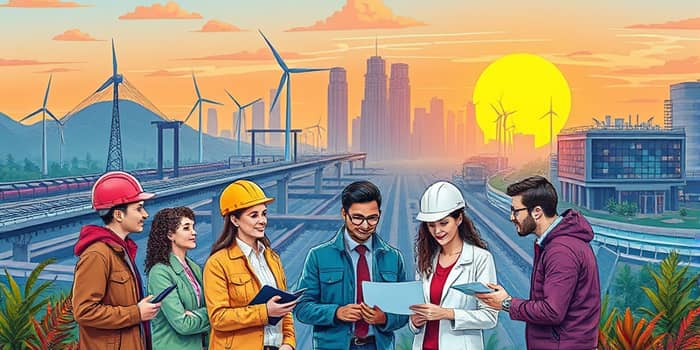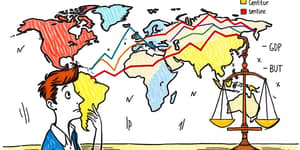
In an era defined by rapid change and interconnected challenges, investing in global infrastructure projects has never been more critical. These large-scale initiatives serve as the backbone for economic growth, social development, and environmental resilience. By mobilizing capital into roads, ports, energy systems, and digital networks, visionaries can help shape a future that is both prosperous and sustainable.
Over the past decade, stakeholders witnessed rapid growth in digital infrastructure as economies embraced connectivity and data-driven services. The surge in electrification, 5G rollout, and large-scale renewable projects defined a new investment frontier. Yet, recent years have brought headwinds: rising interest rates, supply chain disruptions, and geopolitical tensions have slowed deployment and raised capital costs.
Despite these obstacles, resilient fundamentals supporting growth remain intact. Urbanization, climate change imperatives, and technological innovation continue to drive demand. The global community recognizes that bridging infrastructure deficits is not only an economic necessity but also a social imperative, laying the groundwork for equitable development and long-term prosperity.
As investors navigate this landscape, understanding these trends is crucial. Digital infrastructure supports AI and cloud computing, while decarbonization aligns with global climate goals. Simultaneously, new funding structures—such as green bonds and infrastructure debt funds—unlock private capital and distribute risks more effectively.
Economic cycles and political shifts create both opportunities and uncertainties. A change in administration can reset trade policies, while multilateral agreements influence cross-border collaborations. Investors must track fiscal stimulus packages, regulatory reforms, and public-private partnership initiatives to anticipate market movements.
Moreover, easing financing conditions worldwide—driven by moderating interest rates in key economies—are improving the viability of long-dated infrastructure assets. This dynamic environment rewards agility, deep local insights, and partnerships with governments and communities.
The scale of unmet need is staggering. In the United States alone, experts estimate a staggering $2.6 trillion investment gap over the next decade. Failure to address this shortfall could translate into a projected $10 trillion GDP loss by 2039, undermining productivity and global competitiveness.
Closing this gap demands coordinated action from governments, private investors, and development banks. Innovative financing mechanisms—such as blended finance, infrastructure securitization, and outcome-based contracts—offer pathways to deploy resources at scale and pace.
Infrastructure investment must align with environmental and social goals. Embracing the circular economy driving resource efficiency reduces waste and extends asset lifecycles, while integrated design can minimize carbon footprints.
Additionally, the rise of AI-driven power demand surge underscores the need for flexible, resilient energy systems. Smart grids, demand response technologies, and behind-the-meter generation are key components of a low-carbon future, capable of supporting explosive data growth without compromising sustainability.
Investors entering these segments can capitalize on structural tailwinds and growing public support. Integrating environmental, social, and governance (ESG) criteria not only mitigates risks but also unlocks new pools of capital seeking sustainable impact.
By following these steps, investors can turn challenges into opportunities, deploying capital where it matters most. The journey requires vision, collaboration, and a commitment to long-term value creation.
Investing in global infrastructure is more than a financial endeavor; it is a pledge to build a world that is connected, resilient, and sustainable. Together, we can forge a future where every community thrives, powered by the networks and systems we create today.
References













